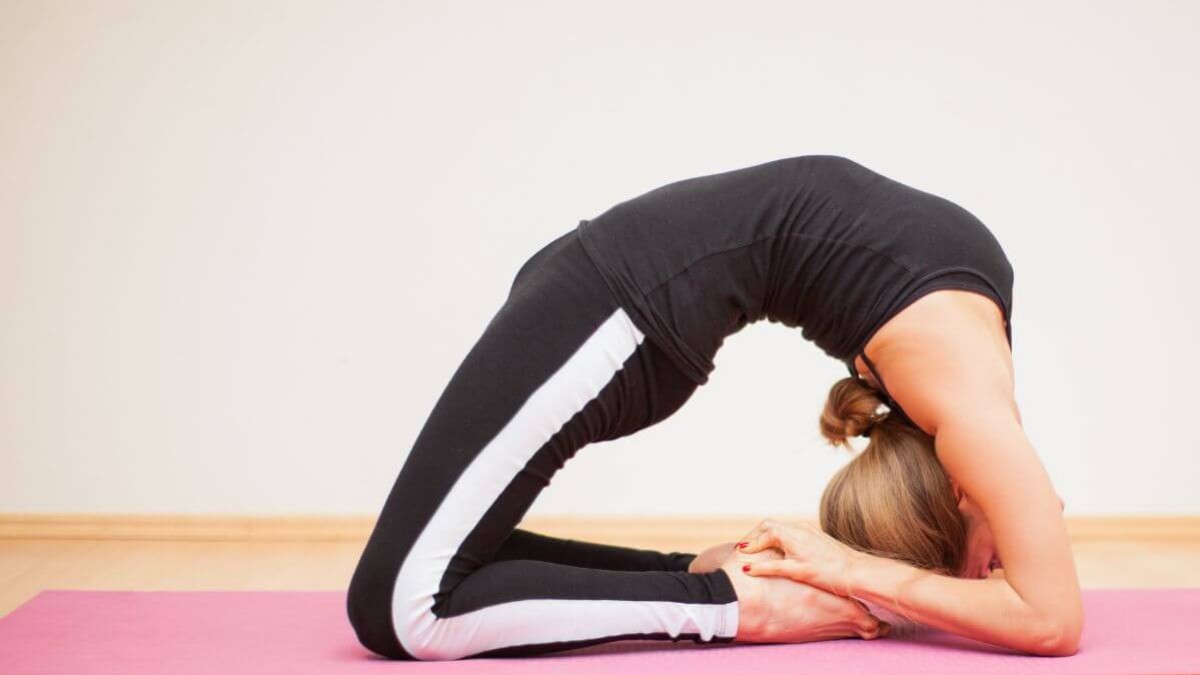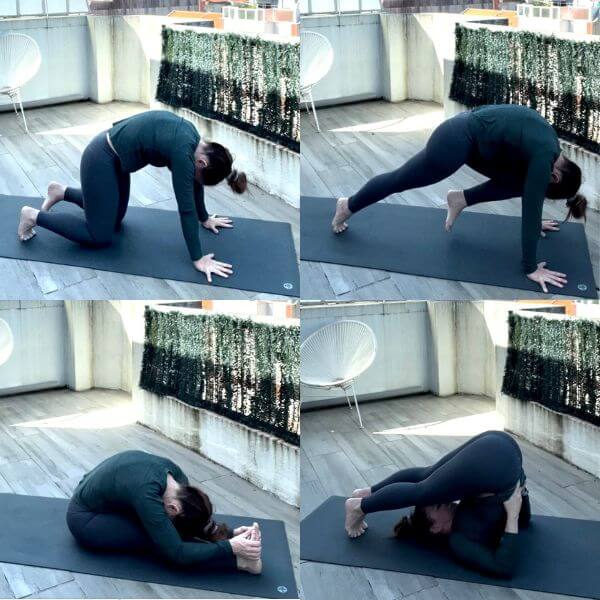Stop Worrying About Hurting Your Students' Spine!

Learn the movements of the spine so you can teach your yoga students how to obtain a balanced, healthy spine.
.
Do you worry that your are causing back pain in yoga classes that you lead?
One of the most common concerns of yoga teachers is students getting hurt. Back pain is the most common musculoskeletal complaint of modern society. It makes sense that a yoga teacher would be concerned about their class. You don't want your teaching or sequencing to be the cause of someone's back pain. You don't have to worry! You just need to learn a little functional anatomy and trust yourself! In the the few articles, we will explore the functional movements of the spine.
.
When you understand how the spine moves, you can be more confident in teaching your students to move in healing ways.
.

It is first important to realize that there are different parts of the spine. And not all parts move equally, but all parts do have the same general movement!
.
- The Cervical Spine, also considered the neck has 7 vertebrae.
- The Thoracic Spine, where the ribs are, has 12 vertebrae.
- The Lumbar Spine, often referred to as the "low back", has 5 vertebrae.
- The Sacrum is a triangular shaped bone that consists of 5 vertebrae that are fused together.
.
The vertebrae stack on top of each other with a cushioning disc between each of them. The curves and the discs play important roles in providing a balance of movement and stability throughout the spine.
A balance of movement and stability creates a healthy spine and is what we should aim to teach in yoga classes. You can create balance by including all movements of the spine in your class.
There are three planes that the spine can move in. In each plane, it can move in 2 directions. That means the spine moves in 6 different directions. These directions include (1) flexion, (2) extension, (3) sidebending to the left, (4) sidebending to the right, (5) twisting to the left, and (6) twisting right.
.
Let's dive into what Spine Flexion and Extension look like.

.
Spinal flexion and extension occur in what is known as the sagittal plane. The sagittal plane splits the body into left and right sides. When you nod your head up and down as if to say 'yes', the cervical spine (neck) moves into flexion and extension in the sagittal plane. The thoracic and lumbar spine also move into flexion and extension on the sagittal plane.
How can you distinguish between flexion and extension?
.
.
Flexion is forward bending. Extension is backward bending.
.
.
Here is an easy way to remember this. In the fetal position, the joints are in flexion. FETAL = FLEXION. When you look specifically at the spine, an infants spine in rounded in the same shape you might see in a forward fold. The neck is also rounded forward bringing the chin towards the chest - similar to the position we see when nodding the head yes. So if FETAL = FLEXION, the opposite of fetal position is EXTENSION! Everything in between is Neutral.
.
Neutral Posture is neither Flexion nor Extension.
A balanced amount of movement into flexion and extension can help achieve Neutral Posture.
.
When putting together a yoga sequence, you want to consider how much time you have students in forward bends versus backward bends. You also want to consider the intention of the class and what position your student(s) spend most of their day in. If you are teaching to a group of office workers who sit at a desk all day, they may be better served by a class that focuses more on spinal extension. As I sit at my desk typing, I most certainly have a flexed spine. I therefore, want to do some extension exercises after I type.
.
Some postures that typically include SPINAL FLEXION include cat pose, knee to nose in plank, seated forward fold (single or double leg), and plow pose.
.

Some postures that typically include SPINAL EXTENSION include cow pose, sphinx and cobra, camel pose, and full wheel.
.

Consider this though: People do poses differently. Don't just assume that a particular pose always puts the spine in the position that it is for you or a particular student.
What position is the spine in child's pose? While I do most often witness the spine in flexion in child's pose, it is often actually in neutral or even extension. Take a look at the photos below to see the different positions of my spine in child's pose.
.


Understanding the movements of the spine takes some practice...just like all aspects of yoga. So practice! Get into your favorite yoga poses and determine if your spine is in flexion or extension. Do you notice an affinity towards poses with flexion versus extension? Do you need more balance in your practice? How will you create a balance of flexion and extension in your next sequence?
.
Practice looking at your students! As you can see, not all people will do child's pose the same.
.
Getting good at understanding yoga anatomy will take practice and looking at different bodies. So look at your students. Avoid assuming you know what the are doing!
.
There is so much to learning the anatomy of the spine! At Yoga Anatomy School you get small digestible doses of anatomy. We go deep into the exploration of human posture and a balanced yoga practice with the theory of Optimal Postural Alignment.
If you read this article, you must be looking to learn. Inside the Yoga Anatomy School, you can learn so much more. We offer interactive live and recorded videos, a workbook, mentorship, and a community to support you!
.
If you want to be a more confident yoga teacher with a better understanding of anatomy and alignment, you won't want to miss the upcoming Anatomy of the Spine & Ribs for Yoga Course.
Learn More and Enroll for FREE!
.

Categories: : Effective Teaching Techniques, Spine, Yoga Anatomy
 Trish Corley
Trish Corley 
